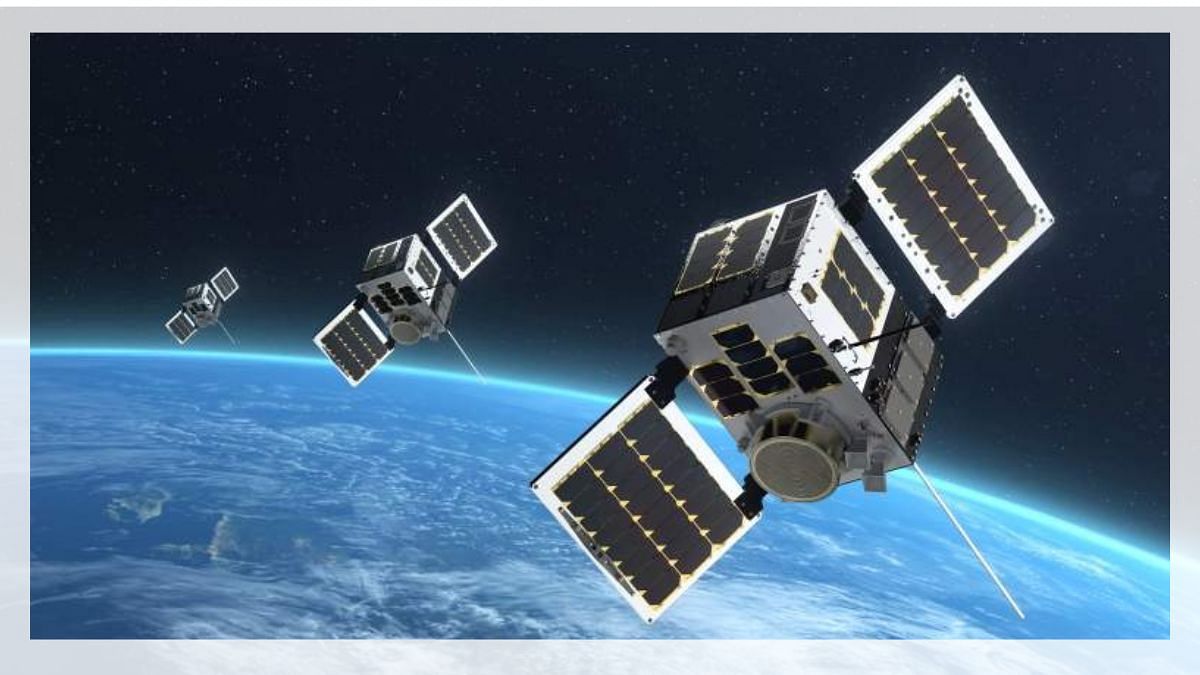India Strengthens Maritime Security with HawkEye 360 Technology
New Delhi: In a significant move under the Quadrilateral Security Dialogue (QUAD), the US State Department has approved the sale of advanced HawkEye 360 technology to India. With an estimated cost of USD 131 million, this deal is poised to enhance the Indian Navy’s maritime domain awareness across the Indo-Pacific region.
The Deal Breakdown
The approval comes as part of India’s request to acquire the SeaVision software, which is equipped with preferred software enhancements. This package also includes training sessions with a technical assistance field team, remote software support, analytics, documentation, and essential logistics. According to a statement from the US Defence Security Cooperation Agency, these enhancements aim to bolster India’s analytical abilities and strategic posture, preparing it to tackle both current and future maritime threats.
Enhancing Surveillance and Security
Armed with HawkEye 360 technology, the Indian Navy can significantly enhance its efforts to combat illegal fishing, smuggling, trafficking, and piracy. This technology serves as a critical component in ensuring maritime safety and security, especially in India’s strategically vital waters. The US defense agency has underscored that the sale will not only strengthen US-India relations but also ensure the security of a key defense partner that contributes to political stability, peace, and economic progress in the broader Indo-Pacific and South Asian regions.
What is HawkEye 360?
HawkEye 360, a private American geospatial analytics firm located in Herndon, Virginia, specializes in collecting and analyzing radio frequency (RF) signals from space. The company employs a constellation of low-earth orbit satellites to detect, geolocate, and characterize various RF signals. This remarkable capability marks it as the first commercial entity to provide such services, allowing for early indicators of human activities and an enhanced understanding of RF energy mapping.
Addressing Maritime Challenges
Traditionally, navies, including India’s, rely on the Automatic Identification System (AIS) to monitor shipping activities. However, vessels can operate covertly by disabling their AIS, creating what analysts call "dead zones," which can give false impressions of ongoing maritime activity. To counteract this, the Indian Navy employs P8i aircraft and Sea Guardian drones to surveil strategic locations and detect vessels with their AIS turned off.
This is where HawkEye 360 steps in. The technology provides advanced maritime domain awareness by merging AIS data with unique RF information, enabling the identification and monitoring of vessels that "go dark." By tracking these vessels on the high seas, the Indian Navy gains crucial capabilities to address illegal activities effectively.
Monitoring Evolving Threats
The newly acquired technology facilitates automatic analytics for identifying vessels showing gaps in AIS data over extended periods. Considerable emphasis is placed on correlating unknown signal activities, which might indicate suspicious behavior. This capability is vital as Indian authorities increasingly address non-compliance with maritime regulations.
Furthering this initiative, the QUAD grouping has announced plans to expand its efforts in Indo-Pacific maritime domain awareness, aiming to monitor the Indian Ocean’s strategic waters amid rising concerns surrounding China’s maritime activities. Launched in May 2022, the initiative provides partner countries with extensive data to counter illicit naval practices while also responding to climate-related and humanitarian challenges.
Pakistan’s Example in Maritime Strategizing
Given the regional complexities, the Indian Navy has emphasized establishing its own Information Fusion Centre in the Indian Ocean Region since 2018. This center serves as a critical hub for tracking shipping traffic and other vital developments effectively, reinforcing India’s maritime security framework.
The integration of HawkEye 360 technology represents a turning point in India’s defense capabilities, particularly in the context of the QUAD’s larger objectives of promoting stability and peace across the Indo-Pacific. The collaboration stands as a testament to India’s growing leadership in regional security initiatives and its commitment to collaborating with allies in addressing shared maritime challenges.


